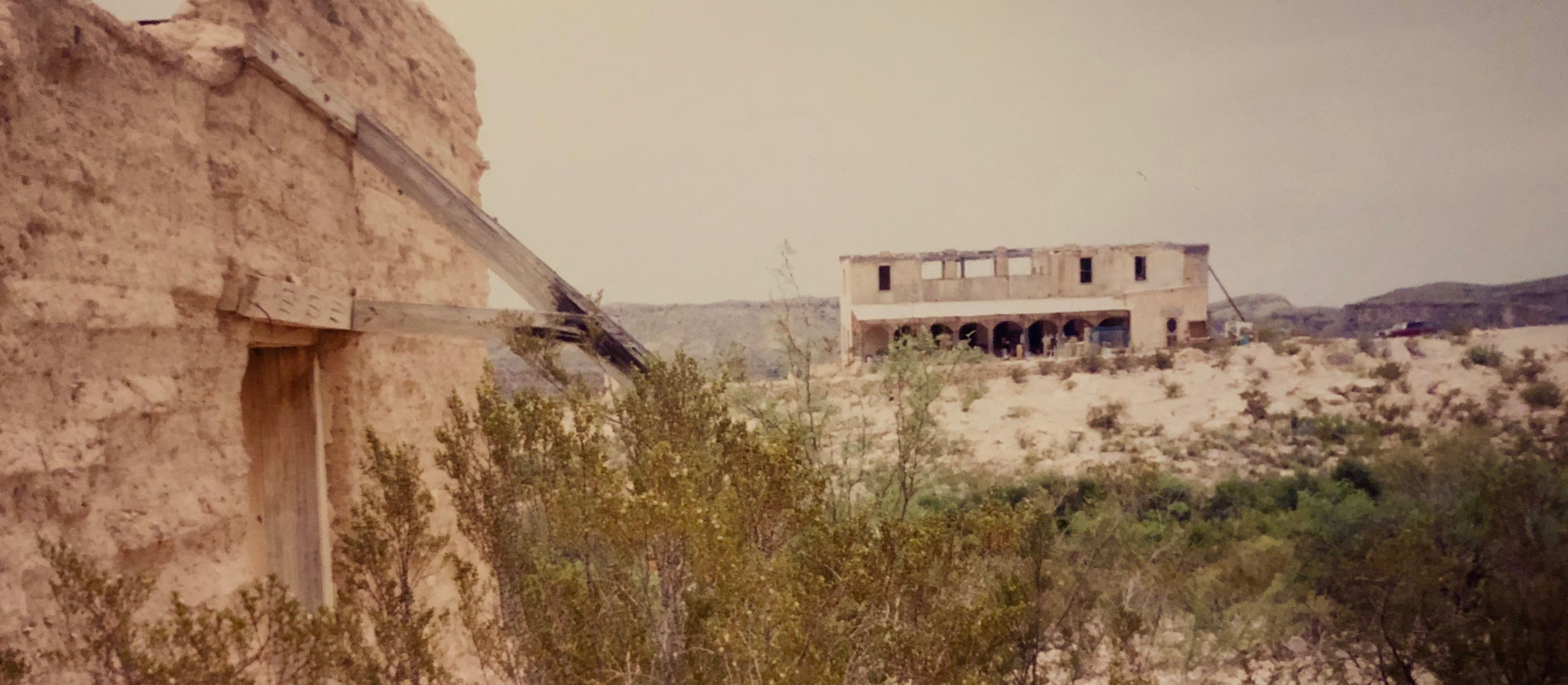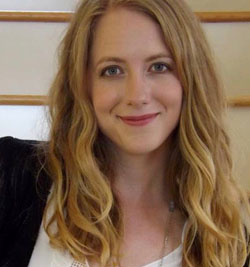
I have loved cemeteries all my life, and I still struggle to articulate what it is about them. I know when I was a child there was a romance to graveyards . . . to tragedy and mortal separation. But that can’t be the heart of it, because I’ve been both a writer and a human long enough to know that death is not romantic, and it’s no more than a cheap manipulation in a narrative if you kill someone off with nothing to say about it beyond, “Isn’t it so sad? Aren’t I making you cry so much right now?”
So I don’t think it’s the romance. I think it’s linked to the small thought that began to bud in my child-brain years ago, standing in the middle of cemeteries (which I definitely did when the opportunity arose), thinking that all these people lived once.
All these people.
Lived.
There is one little cemetery I have never been able to get out of my head—a graveyard you can fully expect me to bring up if you mention anything even tangentially related to death or deserts or mining or Texas. It’s in the Ghost Town of Terlingua, Texas—the part of town referred to on the website as “scenic downtown Terlingua.” (To be clear, every photo in this post is of the Terlingua Ghost Town. Which, once again, is the “downtown” part of Terlingua.)
Terlingua is a tiny desert town tucked between Big Bend National Park and Big Bend Ranch State Park, about twelve miles from the Rio Grande. It was a mining town in the early 20thcentury until the owner of the mine, Howard Perry, went bankrupt and the town was abandoned. Over the years, it’s morphed into an eccentric desert community, attracting hippies and river guides and artists who live in old Airstream trailers. The Ghost Town itself has been maintained for posterity and for tourists. And by “maintained,” I mean not actively torn down. Although, I do see news that the old mansion is undergoing renovations.

The mansion was built by Howard Perry in an effort to make desert life more appealing to his wife, Grace. The story goes that Grace didn’t set foot in town until the mansion was finished, gave Terlingua 24 hours to grow on her, then peaced out, never to return. When I was there about fourteen years ago, the mansion looked like an on-the-nose metaphor for hollowed-out dreams. It was hard to imagine that it was once an attempt at seduction.
But I also remember looking at the long front porch from about fifty desert yards away, and in my memory, there were people sitting in rocking chairs. I don’t know if that was real, or if that was a fantasy I accidentally transformed into memory from over-repeating. I think someone told me—my dad or a brochure or a waiter at the hole-in-the-wall barbecue place nearby—that the mansion was still inhabited. Or maybe that was another dream I’ve mistaken for a memory. Because what I loved most about Terlingua is that it has been consistently seductive to someone. Not Grace, obviously. And not to me, at least not beyond a brief adventure or the length of a novel. But even this place characterized by abandonment has been adopted by someone. Enough someones to build a community, a culture, and an undercurrent of love. You see this in the graveyard.
![]() My grandmother didn’t care for the cemetery in Terlingua. I think the gravestones—wood or sheet metal or homemade stone structures—felt too careless. And she hated to see a person’s final resting place littered with jagged rocks.
My grandmother didn’t care for the cemetery in Terlingua. I think the gravestones—wood or sheet metal or homemade stone structures—felt too careless. And she hated to see a person’s final resting place littered with jagged rocks.
“That just seems so disrespectful,” she said. “Why would you put rocks on a person’s grave?”
My dad said, “Coyotes.”
“I just think it’s so disrespectful.”
“More disrespectful to let the coyotes dig ‘em up.”
This is what I loved about the Terlingua cemetery. It looked nothing like the manicured cemeteries of the Midwest, but it was just as deliberate. Epitaphs read like cowboy poetry; it didn’t matter that they’d been chiseled into rusted sheet metal. Burned-down candles stood cradled in the stone of asymmetrical, above-ground graves. Beer bottles—ubiquitous here, unlike flowers—did the work of floral wreaths, the empties placed around decades-old graves in the shape of an initial or a cross or a heart. There were enough bottles to make me wonder: were these collected over time, reserved for this gesture? Or was this a community effort—a handful of neighbors ending their night of reminiscing at the Starlight Theater with a trip to the cemetery to pay their respects in empties?

Because this cemetery is the one I can’t stop thinking about, I wonder if it’s the key to my affection for all cemeteries. Maybe for me, it’s all about the love. Most things are, and the way we memorialize one another is our last best effort at loving those we’ve lost, guarding them, doing right by them. We prefer to lay them down in shade that they’ll never feel, return their ashes to the places that defined them, carve their names in granite, build them a home of bright pink, insist on a solemn tomb, close the casket or open the casket, keen or sit shiva or celebrate, pray for the soul or let go and let God or teach our children how to remember. We gather jagged rocks because this is the desert and the sky is black here and the air is quiet and the land promises all the peace our departed deserve as long as we can do this one last thing: keep the coyotes away.
Death is the storyteller’s shortcut to emotional pay-off because aside from the obvious tragedy of it all, death speaks specifically to one of the most overwhelming truths about being human:
We love compulsively. And we can’t stop on command.
I think I love cemeteries because I stand in them and see that all these people lived once.
All these people.
Lived.
Were loved.
Are loved.
Visit Terlingua, enjoy the Ghost Town and Starlight Theater and Chili Cookoff(s), but don’t move your fancy ass in; long-time residents are trying to keep their community small and weird.
Watch for rattlesnakes.
![]()

Great post! I live in Texas and love exploring all that the Lone Star State has to offer. Haven’t checked out a ghost town though.
Thanks! My folks used to live in Lubbock, and some of my best memories are the road trips we took to explore Texas. Marfa is another favorite.